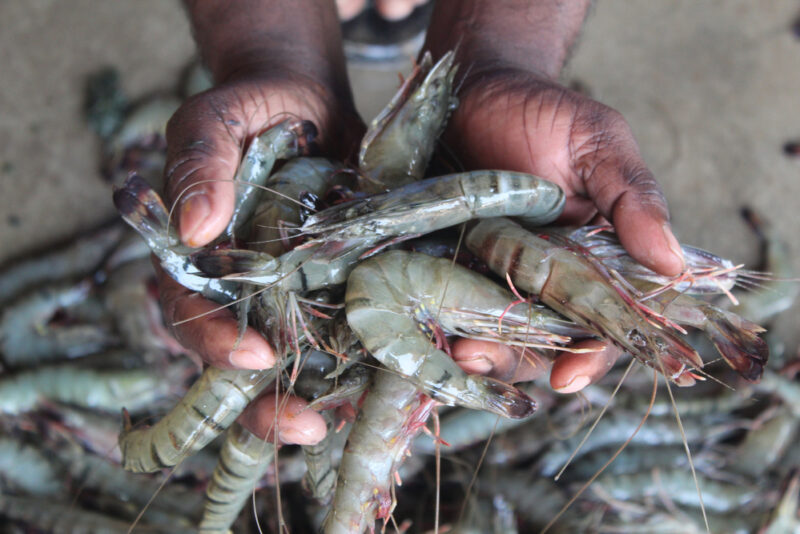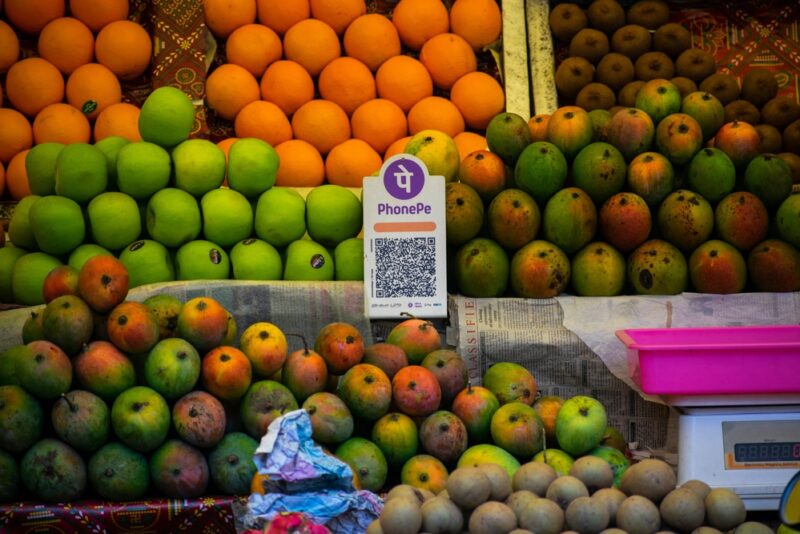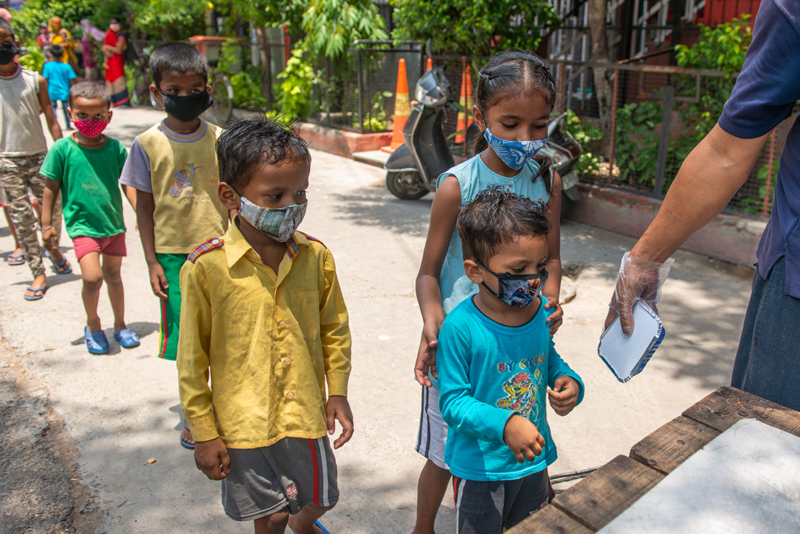Indian Food Prices Continue to Ride High on Second COVID Wave
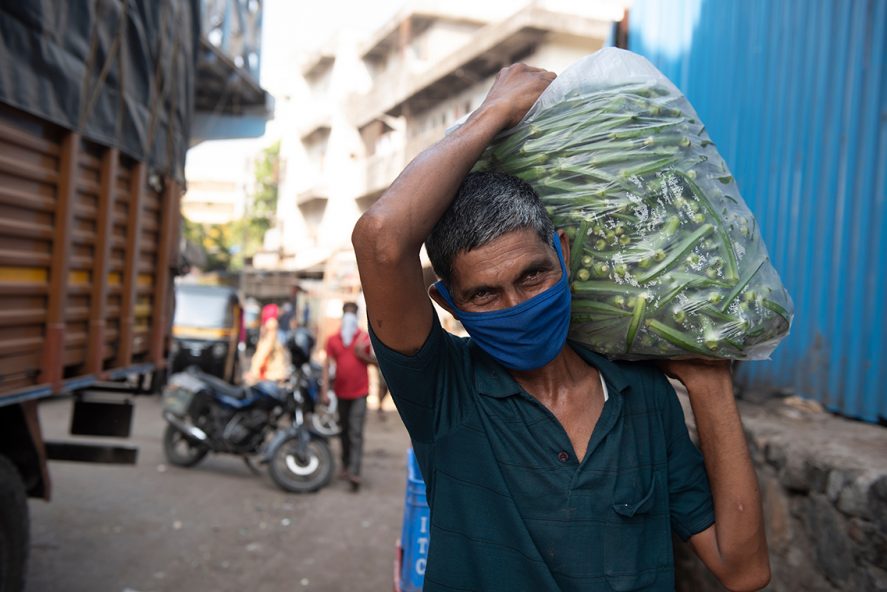
In the spring of 2021, the world’s eyes turned to India as the second wave of COVID-19 wreaked havoc in the country. While the media focused on the breakdown of the healthcare infrastructure, a second crisis simmered below the surface, as households dealt with food insecurity and rising food prices due to supply chain disruptions. Unlike the first wave in March-May 2020, when the central government announced a national lockdown lasting almost two months, the responsibility and logistics of stopping the spread of the virus in the second round was left to state governments. Most imposed various forms of restrictions to break the chain of virus transmission, but little was done to contain the spike in food prices.
The restrictions implemented by state governments created a partial paralysis of movement, triggering disruptions in supply chains, declines in farm arrivals, and panic buying among consumers, all of which exert upward pressure on prices. Earlier research from TCI shows that the first COVID-19 wave brought about an increase in food prices. To understand the impact of the second wave, I set out to analyze price changes during that time. My research confirms that the upward trend remains worryingly similar even now, threatening the food and nutrition security of India’s most underprivileged communities.
Measuring Food Price Inflation
To see the extent of food price inflation, I constructed both retail and wholesale price indices using data collected by the respective State Civil Supplies on 22 commodities across 114 price monitoring centers in the country. The commodities studied include rice, wheat, wheat flour (atta), edible oils, pulses, milk, potato, onion and tomato, sugar, jaggery, iodized salt, and loose tea leaves.
These indices show that both retail and wholesale prices have been increasing from the start of the national lockdown on March 24, 2020. Compared to the start of the lockdown, retail and wholesale food prices have respectively increased by an average of 12 percent and 8 percent this year.
Retail and wholesale food prices in India
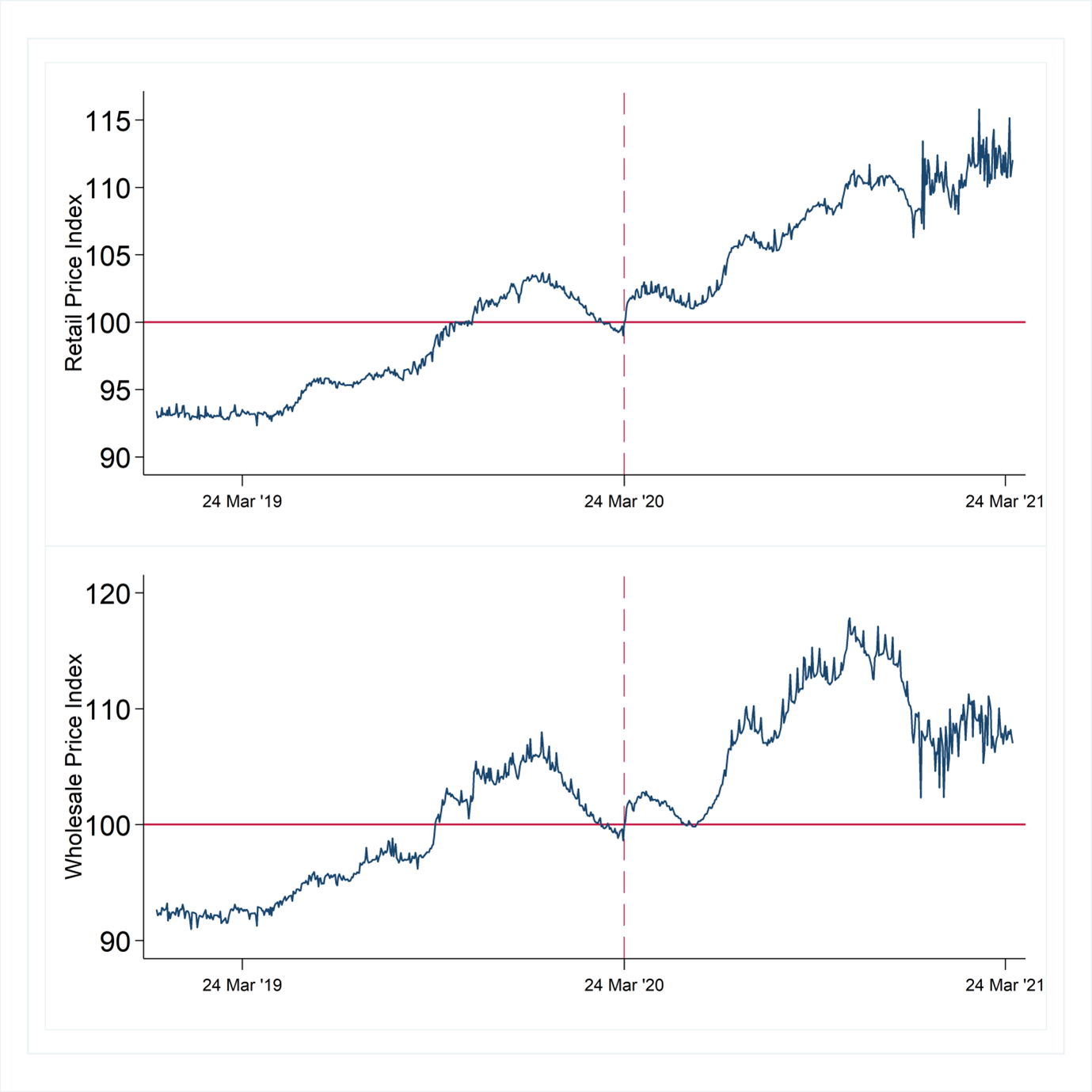
Note: The data reported from Jan 1, 2021 onwards has several centers missing, hence giving rise to the jaggedness in the last part of the graph.
I also examined the price trends of all 22 commodities since the first lockdown. Using the first COVID phase (March 2020 – May 2020) as the base period, I found that after a rise in the prices in the last half of 2020, vegetables like potato, onion, and tomato have seen a decline during the second wave, in comparison to the start of the pandemic. The price trends for food grains like rice, wheat, and flour are mixed. While the wholesale prices of wheat and atta have declined since March 2020, this drop is not always reflected in retail prices, which have been higher than the baseline. And while retail prices for rice are consistently higher than during the first wave, wholesale prices have been lower than the base prices since November 2020.
Commodity groups like oil, milk, tea, and salt have seen consistently higher prices (both retail and wholesale) than the base period. The increase in edible oil prices during the second wave ranges between 30-60 percent in comparison to the first wave. Prices of most pulses (except Moong dal, i.e., green gram dal) are 7-12 percent higher compared to March 2020. Even though some commodities show a dip in prices, overall, the food price indices indicate higher prices in comparison to last year.
Changes in prices of commodities relative to the last lockdown period (March–May 2020)
| Category | Unlock Period I (June ’20 – Nov ’20) |
Unlock Period II (Dec ’20 – Feb ’21) |
Second COVID Wave (Mar ’21 – May ’20) |
|||||||||
| Retail | Wholesale | Retail | Wholesale | Retail | Wholesale | |||||||
| Rice | 1.97 | ↑ | 1.75 | ↑ | 3.63 | ↑ | -1.45 | ↓ | 4.53 | ↑ | -1.05 | ↓ |
| Wheat | -4.01 | ↑ | -3.74 | ↓ | -1.21 | ↓ | -5.81 | ↓ | 1.27 | ↑ | -7.26 | ↓ |
| Atta | -0.68 | ↓ | -1.62 | ↓ | 1.51 | ↑ | -5.93 | ↓ | 2.95 | ↑ | -8.02 | ↓ |
| Gram Dal | 1.55 | ↑ | 2.69 | ↑ | 5.86 | ↑ | 7.17 | ↑ | 7.06 | ↑ | 9.18 | ↑ |
| Tur | 4.14 | ↑ | 4.36 | ↑ | 9.19 | ↑ | 9.57 | ↑ | 12.72 | ↑ | 13.29 | ↑ |
| Urad | -1.74 | ↓ | -2.24 | ↓ | 6.11 | ↑ | 4.55 | ↑ | 7.45 | ↑ | 5.61 | ↑ |
| Moong | -1.29 | ↓ | -4.3 | ↓ | 0.87 | ↑ | -3.45 | ↓ | -0.36 | ↓ | -1.26 | ↓ |
| Masoor | 5.67 | ↑ | 7.9 | ↑ | 7.41 | ↑ | 9.9 | ↑ | 11.47 | ↑ | 14.2 | ↑ |
| Sugar | 0.12 | ↑ | 0.43 | ↑ | -2.09 | ↓ | -1.33 | ↓ | -1.76 | ↓ | -1.44 | ↓ |
| Milk | 1.2 | ↑ | 0.65 | ↑ | 4.22 | ↑ | 3.01 | ↑ | 7.29 | ↑ | 7.63 | ↑ |
| Groundnut Oil | 5.89 | ↑ | 8.31 | ↑ | 11.89 | ↑ | 14.15 | ↑ | 18.39 | ↑ | 21.9 | ↑ |
| Mustard Oil | 8.78 | ↑ | 8.99 | ↑ | 23.84 | ↑ | 23.38 | ↑ | 35.22 | ↑ | 37.16 | ↑ |
| Vanaspati | 2.69 | ↑ | 4.56 | ↑ | 20.51 | ↑ | 19.65 | ↑ | 35.29 | ↑ | 33.29 | ↑ |
| Soya Oil | 3.57 | ↑ | 3.51 | ↑ | 18.84 | ↑ | 18.67 | ↑ | 39.89 | ↑ | 36.58 | ↑ |
| Sunflower Oil | 9.22 | ↑ | 6.87 | ↑ | 31.92 | ↑ | 27.63 | ↑ | 55.97 | ↑ | 51.73 | ↑ |
| Palm Oil | 8.25 | ↑ | 5.77 | ↑ | 26.19 | ↑ | 23.52 | ↑ | 43.04 | ↑ | 35.98 | ↑ |
| Gur | 3.81 | ↑ | 6.85 | ↑ | 1.97 | ↑ | -0.54 | ↓ | 0.67 | ↑ | -2.42 | ↓ |
| Loose Tea | 2.19 | ↑ | 3.78 | ↑ | 12.09 | ↑ | 11.65 | ↑ | 15.81 | ↑ | 17.37 | ↑ |
| Iodised Salt | 3.94 | ↑ | 5.15 | ↑ | 10.03 | ↑ | 9.86 | ↑ | 14.22 | ↑ | 16.84 | ↑ |
| Potato | 34.21 | ↑ | 50.16 | ↑ | 8.97 | ↑ | 7.46 | ↑ | -27.58 | ↓ | -32.61 | ↓ |
| Onion | 28.43 | ↑ | 51.85 | ↑ | 53.31 | ↑ | 94.76 | ↑ | -6.08 | ↓ | 18.6 | ↑ |
| Tomato | 82.42 | ↑ | 148.8 | ↑ | 15.07 | ↑ | 39.62 | ↑ | -17.92 | ↓ | -15.59 | ↓ |
Note: The base period is March 2020–May 2020.
Price Inflation Needs to Be Addressed
A research report from the end of the first wave suggests that the COVID crisis has pushed an additional 230 million people in India below the national minimum wage. Furthermore, the CLIPS study demonstrates that 90 percent of people reduced food intake to cope with the loss of income and 20 percent reported no improvement in food intake even six months after the initial lockdown.
Existing research suggests that that the cost of a nutritious diet is already expensive and ranges from 50-80 percent of the daily income of low-wage earners in India. With food prices rising beyond the already unaffordable prices of last lockdown, concern over food insecurity looms large. A leading economist warns that the pandemic, combined with job losses, rising fuel prices, and inflation, may lead to a “livelihood crisis.”
Unfortunately, even in such dire circumstances, the relief measures introduced to tackle the rising hunger levels have been “too late, too little.” With the government providing minor incremental benefits to tackle the growing food insecurity caused by the second wave, several private and non-profit organizations have now taken on the burden of distributing cooked meals and rations to the underprivileged. While these measures are undoubtedly helpful, both the central and state governments must do more to address the unfolding nutrition crises along with the other emergencies caused by the second wave.
Feature image: Photo by Arun Sambhu Mishra on Shutterstock



